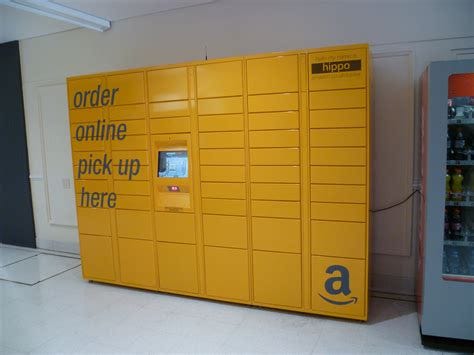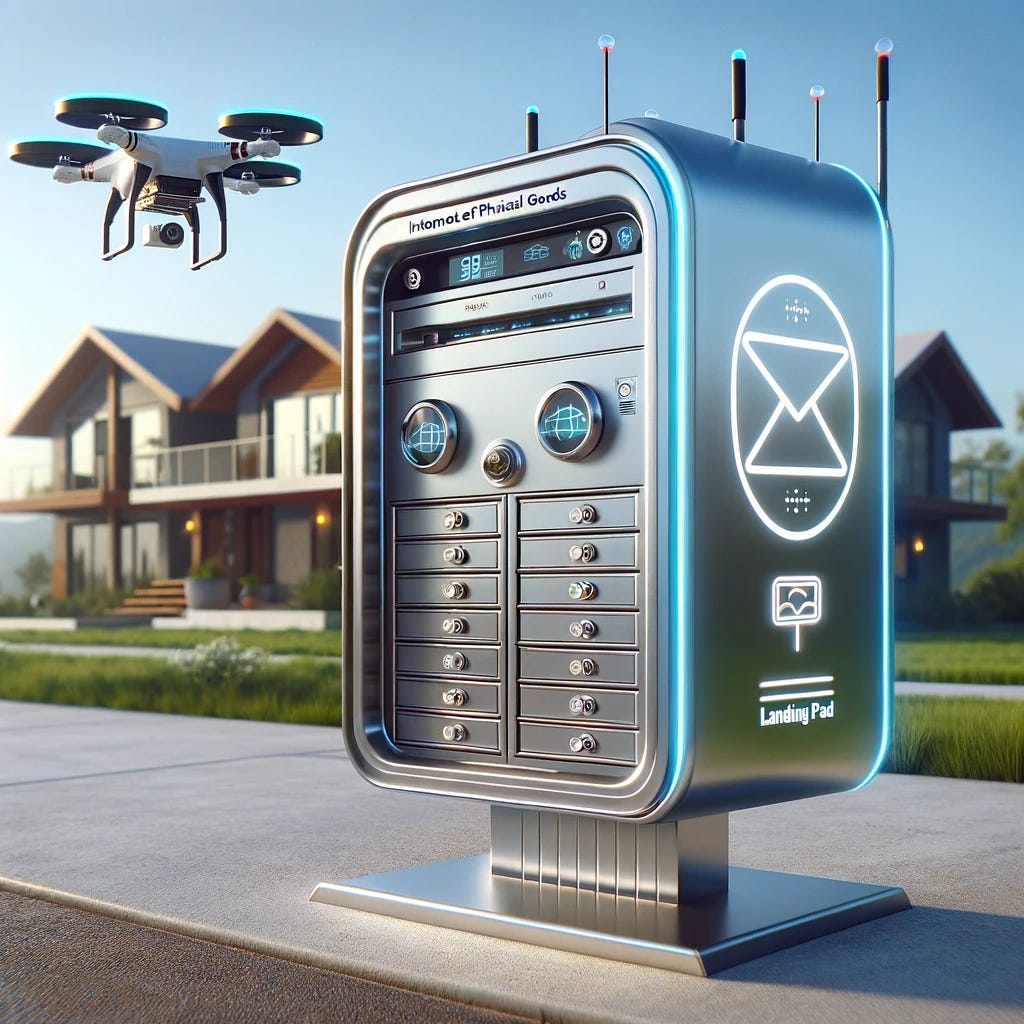Delivering a Revamped Mailbox
High-tech mailboxes are the last step towards a fully automated shipping network
Shipping is an outdated term, hearkening back to when the world economy routed through wooden boats. Most of our goods still ride on ships, but today’s huge cargo ships would be unrecognizable to our ancestors.
Centuries of innovation in shipping have lowered costs dramatically. Internationally, cargo ships cost roughly 1 cent per ton-km1, while domestically, companies like Amazon have made shipping costs negligible for American consumers.
For this progress to continue, we need to automate every part of the supply chain. Self-driving cargo ships, automated trucking, and delivery robots promise to reach more people at a lower cost2.
Yet the irony here is that stuff can be mined by robots, assembled by robots, and shipped by robots, but at the end of this remarkable chain, we have to chuck completed products at your doorstep. It’s time for mailboxes to integrate with the global shipping industry. The company name Matternet evokes the right image; we want to build a fully automated network for moving goods from any place to any other place.
Here’s what I’m envisioning: a secure box multiple compartments that only open at specific times for specific people, like an Amazon locker. It’s accessible from both the outside and the inside of the house and people can send or receive goods using the box. The compartments record each delivery and are temperature controlled so that they can store medicine, food, and other sensitive products. The design should be accessible to people, robots, and drones3.

Right from the start, this system prevents theft and increases safety because only authorized users have access. But something special happens when virtually everyone moves to this new system.
Climate controlled sections mean that food and medicine can be delivered directly to consumers. In theory, a longer cold chain means that food can be delivered directly from farmers to consumers, using less packaging and reducing in-store spoilage. Temperature-sensitive medications can be shipped directly to patients, broadening the range of available treatments.
With a standardized design, robots will have an easier time completing deliveries. On the other side of the wall, home robots can pick up delivered goods and distribute them inside your home; groceries can go directly into the fridge.
But the best part is that this new mailbox turns shipping from a unidirectional system to bidirectional. Homes can become producers, shipping goods anywhere in the world. For instance, your mom can cook dinner for you from anywhere, she just makes you a meal and drops it in the freezer section of her mailbox. Then, a distributor picks up the food and delivers it to the freezer section of your mailbox. This act of love is prohibitively expensive today, but an end-to-end automated shipping system makes it trivial4.
More generally, an automated mailbox means that people can produce and sell products from their home without having to spend much time or money on postage. Artisans across the world would have access to a global marketplace and low shipping costs, an advantage large companies have enjoyed for decades.
Shipping directly from the home means easier product returns and recycling. Imagine trying on 10 shirts, throwing the ones you don’t want back in the box, and paying only for the ones you kept5. Recycling packaging and electronics is easy too, just ship them back to the producer. The sharing economy can extend to every household item when all you have to do is place an item into a compartment set in your wall6. Pipedream labs calls this free movement of goods “hyperlogistics”.
Automation of the rest of the supply chain is already happening, but like social media, automated mailboxes are only valuable if everyone else is using them. Switching billions of consumers over to a new mail system will take a lot of work, but we have the opportunity to empower home producers, lower shipping costs, and remake the sharing economy. We can connect everyone to an internet of physical goods, moving matter the way we move information today.
The future is even more exotic, with rockets, drones, robots, railguns, catapults, cannons, pnumatic tubes, hyperloop, and zepplins potentially joining the ranks.
This system can also be more private than today’s mail. Instead of giving your address to a company, you can route all your goods through a trusted, local distributor that has your address. The company only learns which distributor you live near and the distributor doesn’t know what you’re buying.
Taken to an extreme, physical stores would be unnecessary for all but the largest items. Instead of restocking and inventory, employees can focus on helping customers find and use products.
Thought of in this way, a transformed mailbox can become something more like a closet that holds all your stuff and is networked to the rest of the world. It’s incredible how much of our homes are dedicated to storage. Why not put everything into the mailbox and let robots fetch things for you when they’re needed while renting the rest to your neighbors?


